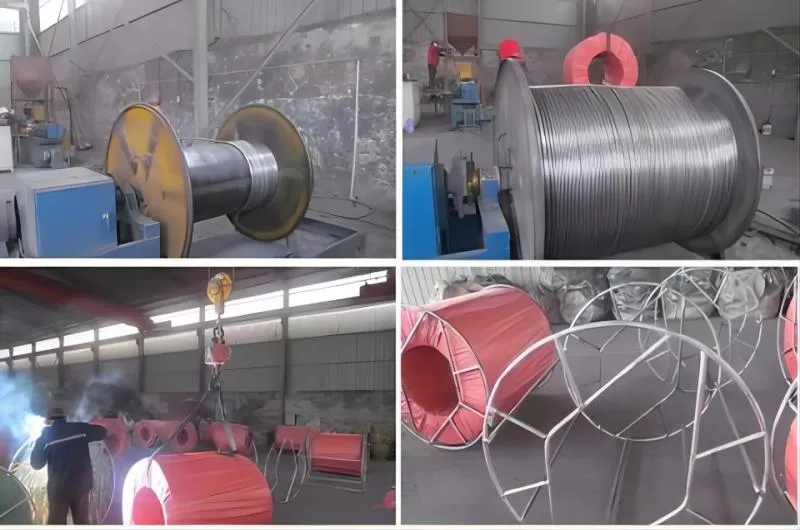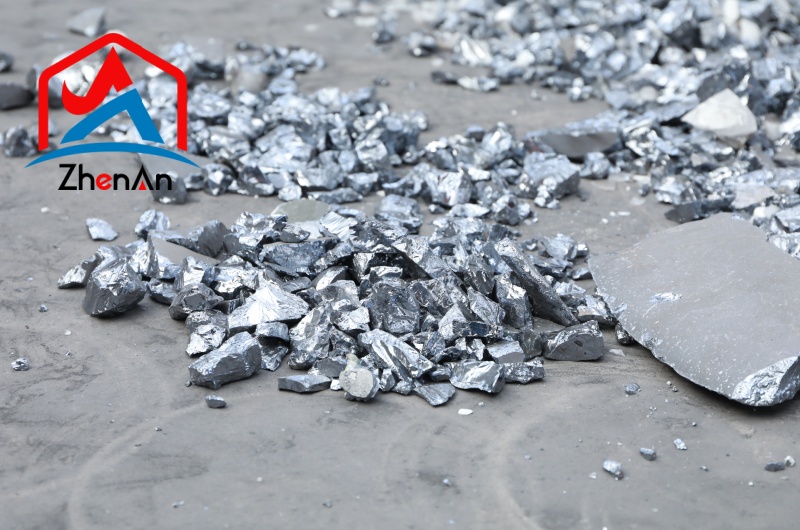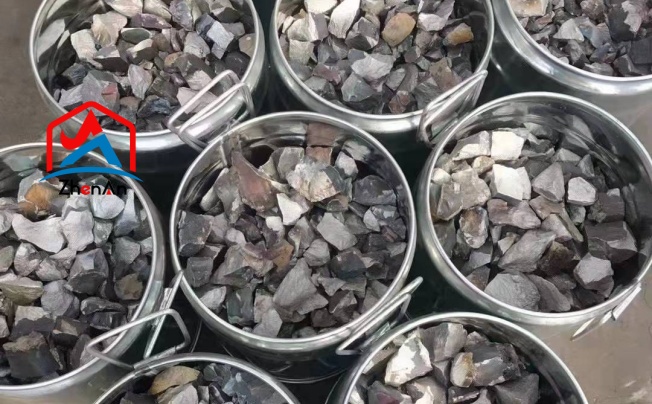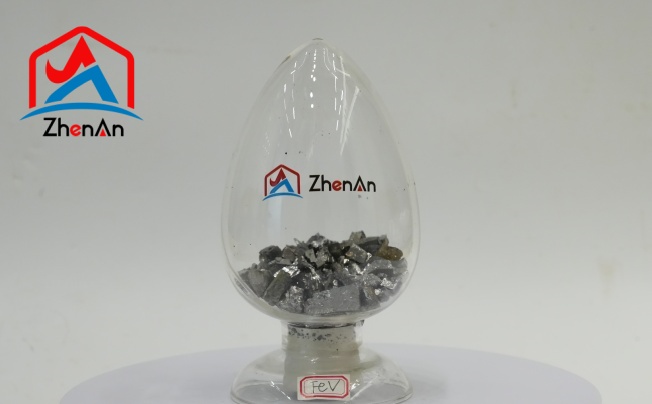BY  GENN
GENN
2024/03
Blog
How To Correctly Choose Cored Wire?
What is Cored Wire?
Cored wire, sometimes referred to as flux-cored wire, is a particular kind of wire with uses and benefits specific to the welding process.
1. Production and attributes:
The diameters of cored wires vary; common sizes over 0.8 mm include 1.2, 1.4, and 1.6 mm. The types of cored wires include alloy cored wire, calcium iron cored wire, and calcium silicate cored wire, among others.
A tubular welding wire loaded with metal powders, alloys, and arc stabilisers is called cored wire. Each of these materials has special advantages, such as lowering oxidation, increasing impact strength, and lowering silicon deposits in the finished weld.
Iron makes up the majority of the powder core in metal core wire; different proportions of other components are added to achieve particular results, such as lowering oxidation or raising impact strength.
2. Uses and benefits:
Many types of welding operations, such as joining, hardfacing, repair, and maintenance welding, can use cored wire. Even in procedures where the weld pool is challenging to manage, including overhead and vertical welding situations, it permits penetration welding at high welding rates and welding in all positions.
Of all welding consumables, metal-cored wire offers one of the highest deposition rates, allowing for high deposition rates and efficiency that boost production and save costs.
Flux-cored wire does not form slag and has a greater deposition rate than solid wire for a given heat input. It is appropriate for a range of base metals and applications due to its ease of alloying and availability in a wide range of chemical compositions.
3. Welding procedure:
Almost the same tools are used for core wire welding as for standard MIG/MAG welding. However, a stronger welding gun, wire feeder, and power supply are required because of the higher current and thicker wire. Direct current is typically used for welding, with the wire connected to the positive terminal.
How Do You Correctly Choose Cored Wire?
1. Application and Welding Process: Choose the precise application and welding procedure that you’ll employ. For particular uses, such as joining, hardfacing, repair, or maintenance welding, different cored wires are made. Choose a cored wire that is appropriate for the intended application after taking your project’s requirements into account.
2. Base Metal and Welding Position: Take into account the kind of base metal you plan to weld as well as the necessary welding position. Certain cored wires are designed especially for the purpose of welding specific metals, such as aluminium or stainless steel. Furthermore, some cored wires are better suited for welding in various orientations, including overhead, vertical, horizontal, and flat.
3. Welding Procedure: Almost the same tools are used for core wire welding as for standard MIG/MAG welding. However, a stronger welding gun, wire feeder, and power supply are required because of the higher current and thicker wire. Direct current is typically used for welding, with the wire connected to the positive terminal.
4. Deposition Rate and Efficiency: The deposition rates and efficiencies of cored wires vary. While increased efficiency might save expenses, faster deposition rates can boost output. Select a cored wire that satisfies the necessary parameters after taking your project’s intended deposition rate and efficiency into account.
5. Wire Diameter: There are many sizes of cored wires available. The welding process, including the heat input and penetration, can be impacted by the wire’s diameter. Select a wire diameter that is appropriate for the task by taking the thickness of the material you will be welding into consideration.
6. Manufacturer’s Recommendations: Pay attention to what the manufacturer says about the particular cored wire you’re thinking about. For their items, manufacturers offer recommendations and specifications that cover things like suggested welding parameters, storage requirements, and safety measures. Following these suggestions might aid in guaranteeing top performance and outcomes.
7. Training and Certification: You might need more training and certificates if you’ve never used cored wires before or if you’re switching from one type to another. AWS may classify different types of cored wires differently, necessitating more testing and qualification before using them. Make sure you and your group has the training and credentials required for the particular cored wire you intend to use.
Advantages and Disadvantages Of Cored Wire
It is important to understand the advantages and disadvantages of cored wire to have a better understanding of its application.
The flux-cored wires are extremely easy and convenient to use for most types of welding applications. They are mostly contaminant-free, which makes the welding durable. The wire can also be used with multiple alloys, depending on the base metal.
The disadvantage, however, is the deposition of slag during welding, which the operator has to remove once the welding is done. The use of flux-cored wires can also be expensive compared to using solid wires.












